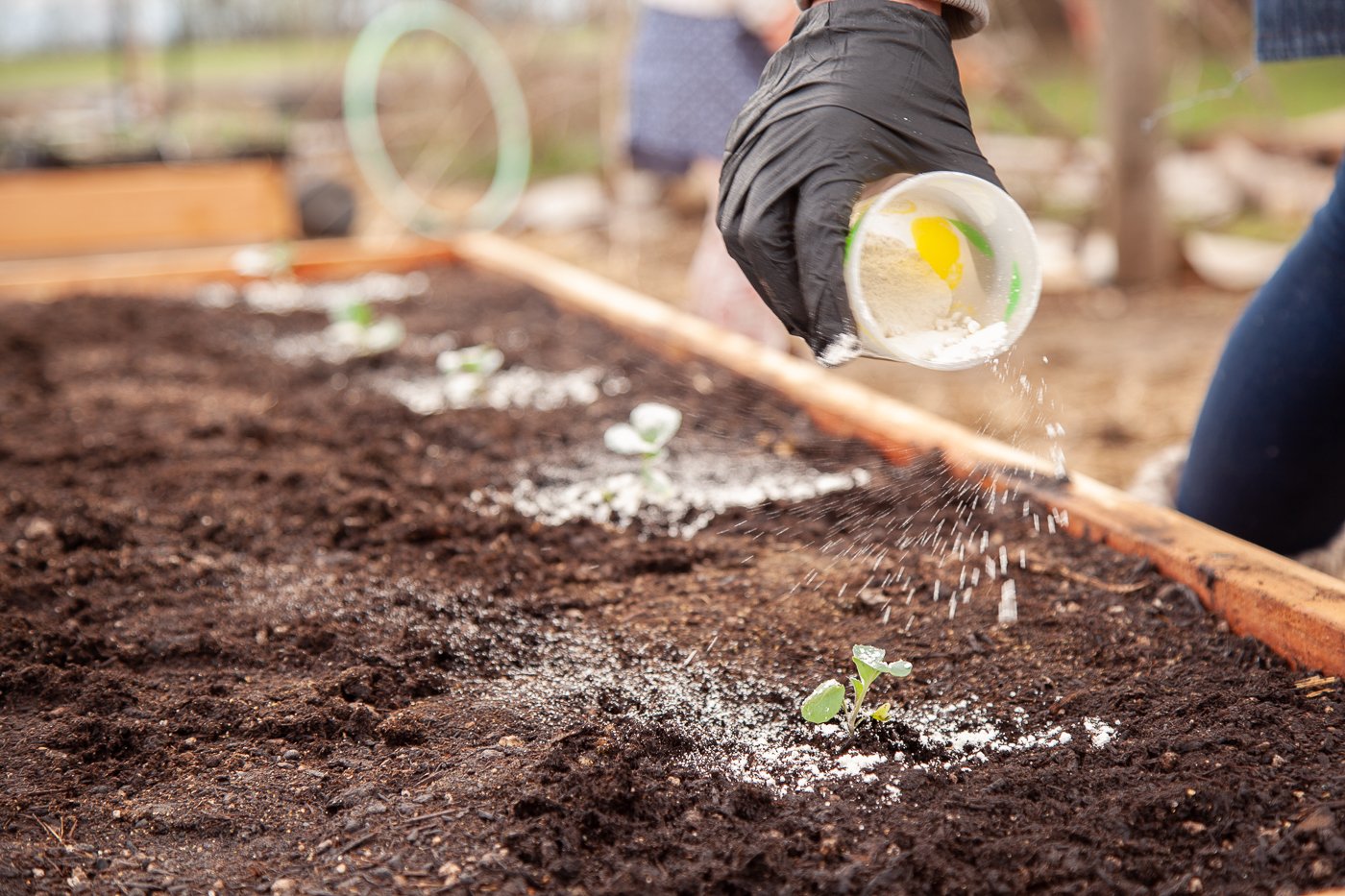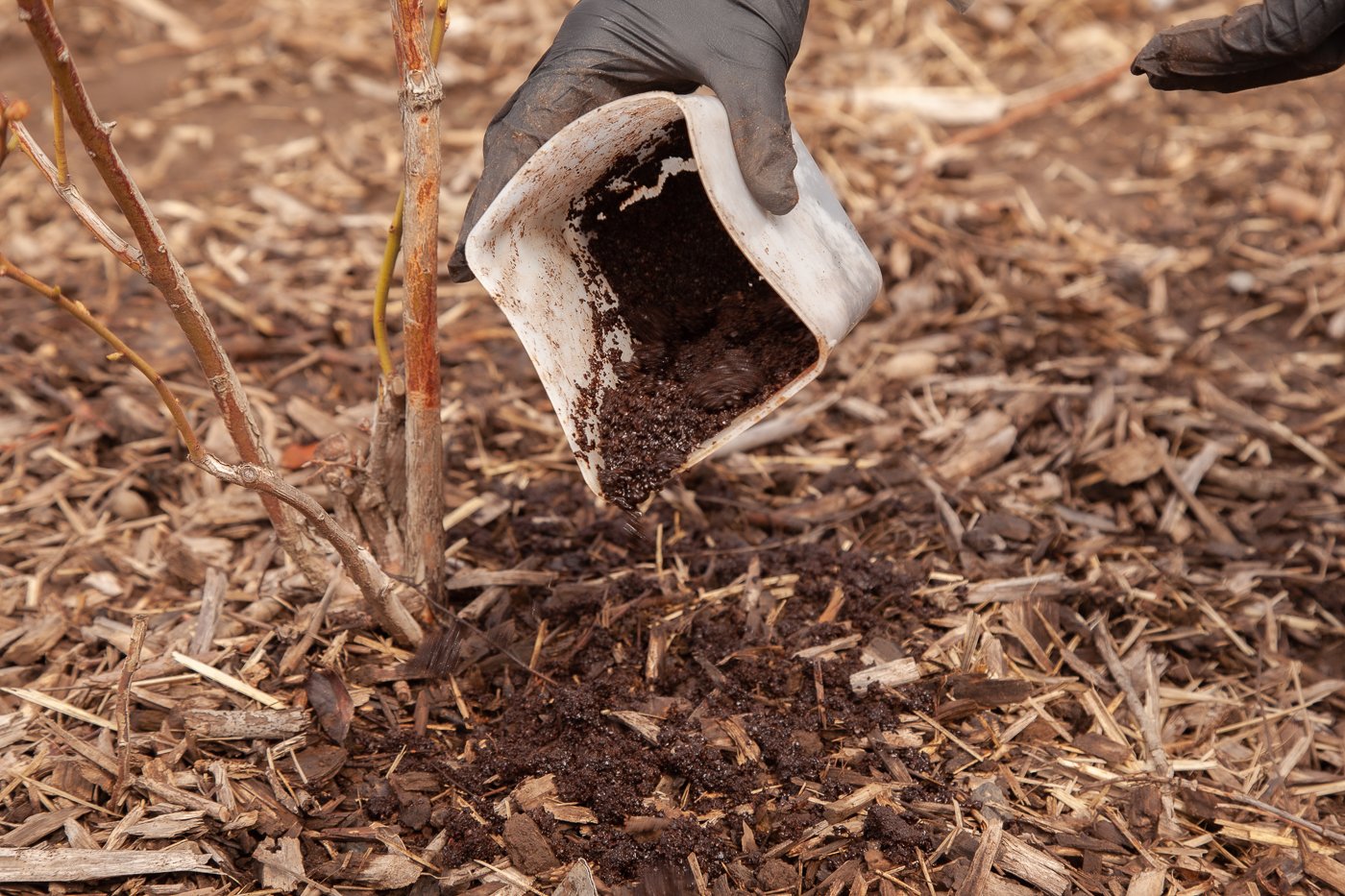
Gardening with Greta: April
Spending time in the garden is a wonderful way to connect with nature and grow some food for your family. Greta, one of our favorite gardeners, showed us what she’s busy doing this spring to ensure her garden starts producing as soon as possible. 
Transplant Your Seedlings to the Garden
Back as early as January, Greta started broccoli, cauliflower, onions, and cabbage seeds in her house. Depending on where you live, now could be a great time to transplant your starts.
Consult the planting chart from Oregon State University or their full gardening guide here. If you live in Washington, see pages 11 and 12 of the Washington State University Extension’s Home Vegetable Gardening guide. In it, you’ll find details of when to transplant for best results.

To help protect your starts from bugs, slugs, snails, and critters, add some Diatomaceous earth around the base of your starts and seedlings.
Starting Warm-season Seeds for Future Planting
Depending on where you live, late April and May could be the perfect time to get your warm-season crops planted. To prepare, Greta is starting hers from seeds and growing them indoors about four to six weeks before they will be planted outside. These including cantaloupe, cucumbers, squash, pumpkins, tomatoes, watermelon, and peppers. They should be ready to go by mid to late April, which is also when you can pick up ready-to-go starts at your Northwest owned and operated Coastal.Again check out the planting chart for your region in both Oregon and Washington before you plant your starts in late April or May. Follow the planting guides for each start to ensure it gets enough sunlight and has room to grow.
Adding Fertilizer to Your Blueberries
You’ll see that Greta has quite a few buds on her blueberry bushes. Of course, they’ll produce fruit, but to get an even bigger and better bounty, she’s adding a slow-release nitrogen-rich fertilizer. This kind of fertilizer works great for azaleas and rhododendrons, as well.
Coastal tip: used coffee grounds are a wonderful source of nitrogen for blueberry bushes as well as other acidic-loving plants. Simply sprinkle four or five cups of grounds beneath each blueberry bush and rake into the top layer of soil.
